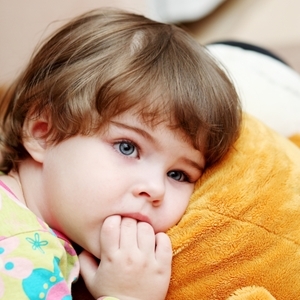Those on travel nursing assignments may have heard that genetic factors were the central reason behind children developing autism, but a new study suggests that genes are only half of the equation. Environmental issues may be as important as hereditary factors, according to the largest analysis to date that has examined how the brain disorder runs in families.
The study, which looked at more than 2 million people, was spearheaded by researchers at King's College London, Karolinska Institutet in Sweden and Mount Sinai. It was inspired by a very basic and prevalent question which parents often ask: "If I have a child with autism, what are the chances my next child will, too?"
The researchers discovered that children who had a brother or sister with autism were 10 times more likely to develop the condition. That figure dropped to three times if they had a half-brother or sister with the disorder, and the likelihood was reduced to just two times if they had a cousin with autism.
In the U.S., Autism Spectrum Disorder affects about 1 in 100 children. Although the exact causes are unknown, evidence has shown it is likely to include a range of genetic and environmental risk factors. The neurodevelopmental disorder is defined by impairments in social interaction and communication.
Analyzing Swedish national health registers, the researchers honed in on the 2 million children born in Sweden between 1982 and 2006, 14,515 of whom had been diagnosed with ASD. Dr. Sven Sandin, author of the study, said that previous studies suggests that the heritability, or proportion of risk in the population attributed to genetic factors, was as high as 80 to 90 percent. However, this new, larger and comprehensive study estimates heritability to be 50 percent, with the other 50 percent explained by non-heritable or environmental factors.
"[I]t's now clear that we need much more research to focus on identifying what these environmental factors are. In the same way that there are multiple genetic factors to consider, there will likely be many different environmental factors contributing to the development of autism," Sandin said in a news release.
The information provided much-needed information for parents and medical staffing professionals for assessing the chances of birthing a second child with the disorder.
Travel nursing professionals may now have to look at the causes behind autism in a new light. The developmental disorder may not only affect children's social abilities at school and home, but the environment may play a role in their autism as well.

